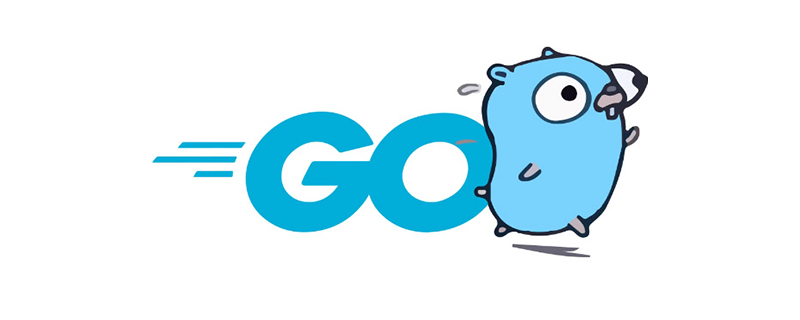

Golang’s method of determining whether a pointer is empty:
1. When you know the type, you can naturally use type assertions and then determine whether it is empty. For example, ai, ok := i.(*int), and then judge ai == nil.
2. If I don’t know what type of pointer it is, I have to use reflection vi := reflect.ValueOf(i), and then use vi.IsNil() to judge. But if i is not a pointer, an exception will occur when calling IsNil. You may need to write a function like this to detect null
func IsNil(i interface{}) bool {
defer func() {
recover()
}()
vi := reflect.ValueOf(i)
return vi.IsNil()
}But it is really not good-looking to impose a defer recover like this, so I use type judgment. It becomes like this
func IsNil(i interface{}) bool {
vi := reflect.ValueOf(i)
if vi.Kind() == reflect.Ptr {
return vi.IsNil()
}
return false
}For more golang knowledge, please pay attention to the golang tutorial column on the PHP Chinese website.
The above is the detailed content of How to determine whether a pointer is null in golang. For more information, please follow other related articles on the PHP Chinese website!
 How to define variables in golang
How to define variables in golang
 What are the data conversion methods in golang?
What are the data conversion methods in golang?
 What are the commonly used libraries in golang?
What are the commonly used libraries in golang?
 What is the difference between golang and python
What is the difference between golang and python
 Solution to computer display error code 651
Solution to computer display error code 651
 What are the data conversion methods in golang?
What are the data conversion methods in golang?
 Detailed explanation of nginx configuration
Detailed explanation of nginx configuration
 How to change devc++ to Chinese
How to change devc++ to Chinese
 close port
close port